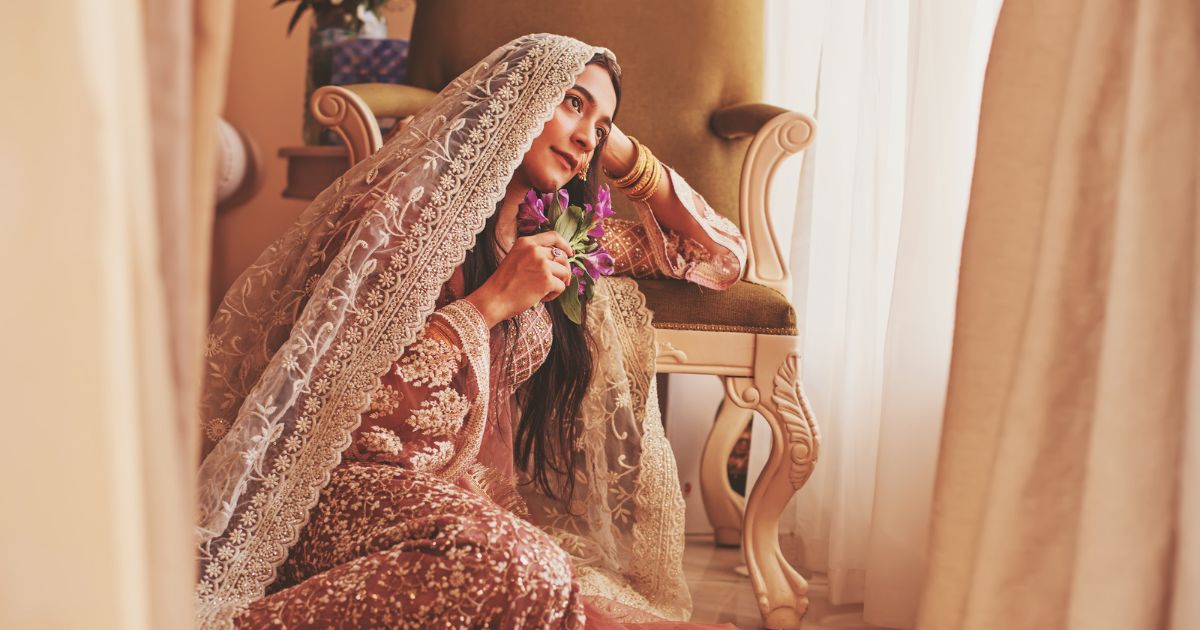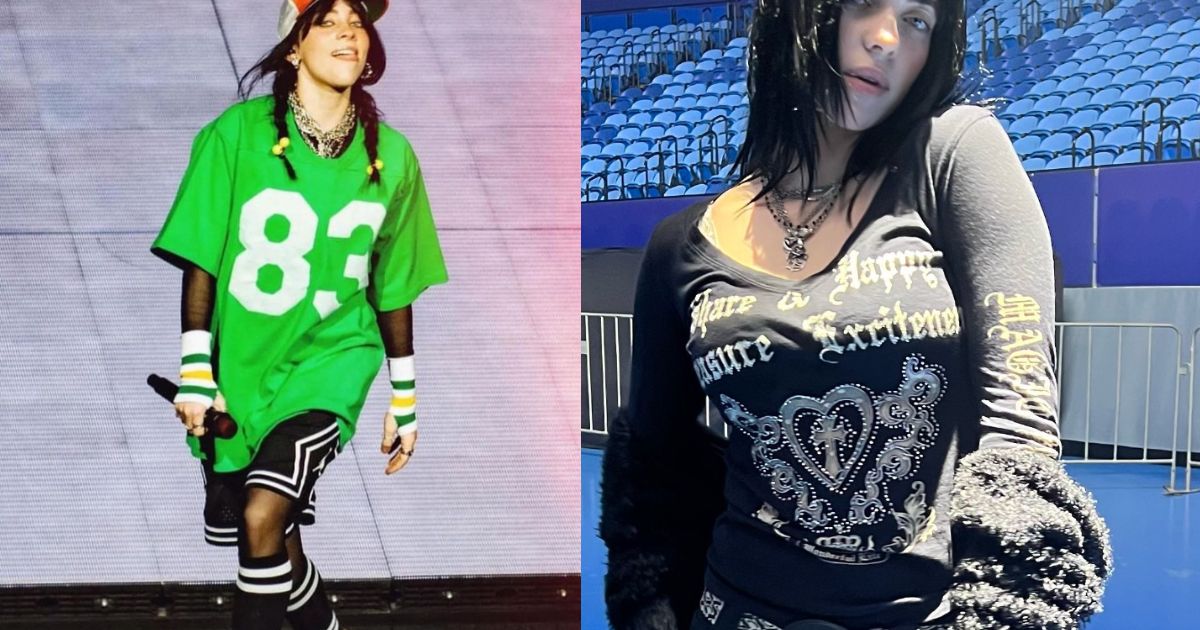«I am not someone who invades a country to steal things,
I am looking for a dialogue …
I can’t speak for others, but when someone
invites you to their table for dinner
you have to respect their rules.
It is normal that I respect the
local culture and not abuse it».
(Maurizio Galante, Italian designer)
Inspiration stands for a feeling of enthusiasm you get from someone or something, which gives you new and creative ideas.
Fashion designers get their inspiration from diverse sources – animals, plants, vintage archives, movies, flea markets, travel destinations, and last but not least, local cultures and traditions. Indeed, globalization has opened the door to the mysterious and enigmatic world of indigenous cultures. Fashion houses draw inspiration from ancestral heritage and aesthetics to create unconventional, distinctive and beautiful designs.
Inspiration – Mexico
Mexico is a country proud of its unique patrimony influenced by the Aztec, Maya and other ancient civilizations. It comes as no surprise that fashion brands have exploited traditional Mexican culture in their collections.
One of the examples is Isabel Marant’s Fall’ 2020 ready-to-wear Étoile collection, where she presented striped and starburst designs in gray and brown palette, clearly inspired by the Mexican Purépecha community.
Carolina Herrera is another designer who, in her New York 2020 Cruise Collection,
used indigenous Mexican patterns and textiles featuring elaborate traditional flower embroidery (istmo de Tehuantepec) as well as a colorful stripe pattern (Saltillo Sarape). According to the fashion house, the collection reflected a vivacious and joyful mood of a typical Latin holiday.
Meanwhile, not only have luxury designer brands turned to Mexican motifs in their creations, but also fast fashion retail clothing chains like Zara, Anthropologie and Patowl, launched garments featuring design and embroidery patterns specific to indigenous Mexican culture.
Inspiration – Africa
Africa is yet another magnet for fashion designers. Fur, raffia, beads, wood, colorful and vivid patterns, capes and headbands, embellishments and stripes, and many other details and elements of traditional costumes belonging to various African communities represent an endless and alluring source of inspiration for high-end luxury brands as well as for fast fashion multinationals. A sad fact though is that in copying African motifs, fashion brands ignore or forget about the symbolism underlying a certain pattern or design. However, this fact goes mostly unnoticed by the public, except for those who feel being deprived of their ancestral heritage without getting any kind of credit for that, not a mere acknowledgement.
Stella McCartney in her Summer/Spring’2018 collection used an African «kitenge» or «Ankara» print fabric, also known as African wax prints and featuring intricate, vibrant, and colorful details. However, according to the Women’s Wear Daily, when commenting on her collection, the designer characterized it as «a joyful exploration of British style».
Another bright example is Valentino’s Africa-inspired Spring/Summer’2016 collection and fashion show represented mostly by white models wearing beads, raffia, African inspired necklaces, belts, and safari print garments. The brand described the collection as «primitive, tribal, spiritual, yet regal». While the designer did not obviously intend to demean the African indigenous culture, the words resonated with public and received a fair share of criticism.
Inspiration – India
India has given humanity a kaleidoscopic variety of traditions, spectacular examples of architecture and an abundance of other riches. Its contribution to the world of fashion has also been enormous.
Jean Paul Gaultier fashion house is among numerous examples of brands using Indian culture patterns and symbols in their designs and runway shows. In its Fall/Winter’2017 fashion show in Paris Jean Paul Gaultier models were wearing sari-inspired drapes as well as nath nose rings popular in the epoch of maharajas and still worn by Indian brides on their wedding days.
In the Fall/Winter’2018 runway show Gucci models strutted down the catwalk wearing the dastar, a turban which represents spirituality, humility, and holiness in Sikhism. Blue dastars, spotted on Gucci models’ heads, are normally worn by the Sikhs on days of religious observance. However, the religious significance was disregarded by the fashion house, and the turbans were later put on sale in Nordstrom fashion store. Gucci positioned a holy symbol as a hot fashion accessory, and the Sikh community perceived the fact as an act of blasphemy and disrespect.
Appropriation vs Appreciation
The examples above are just few in an avalanche of cases that illustrate the phenomenon of cultural appropriation constantly practiced by high-end fashion houses and fast fashion brands.
The notion of cultural appropriation stands for the adoption by a majority group of cultural elements belonging to a minority group without paying due respect and honoring that culture. The term was first used in the 1980s with regard to colonialism and ethnically and racially distinct groups.
Nowadays cultural appropriation has become a particularly hot issue, apparently owing to the recent racial injustices and discrimination against people of color. Fashion houses have been blamed for disregarding local symbols and traditions despite constantly using cultural imagery from the cultures that are not their own in their designs.
Stella Jean, an Italian designer of Haitian origin, is among those who has been actively campaigning for more inclusion in fashion industry. In 2020, together with Edward Buchanan, an American designer based in Milan, Stella Jean sent a letter to the National Chamber for Italian Fashion setting out a proposal on how to build a «constructive and working» dialogue with designers of color ahead of Milan Fashion Week.
However, what is an alternative to cultural appropriation? The answer is appreciation and acknowledgement. By creating a cultural mix in their collections, designers hardly intend to demean the borrowed culture, let alone to steal from it or claim it as theirs. Therefore, appropriation needs to be transformed into appreciation, which implies cross-cultural connection, respect, and broadening perspectives. The least that the world of fashion can do is give credit to the sources it draws inspiration from, while at the most it should pave a way to work directly with representatives of local cultures and bring them into the fold.
Meanwhile, having suffered a great deal of criticism, several brands have so far taken substantial steps to reverse the persistent trend of ignorance. Christian Dior held its pre-Fall’2023 show in Mumbai where the Maison demonstrated the results of a close collaboration with local artisans and craftspeople and ensured the representation of Indian models on the catwalk.
Another luxury brand Chanel took its annual Métiers d’Art 2022/2023 show to Dakar, Senegal. According to the fashion house, the event was aimed at engaging in dialogue, exchanging the know-how and collaborating. To highlight its intentions, the Maison launched an initiative to invest in local embroiderers, artisans, and craftspeople.
It is indeed important to revive the world’s cultural legacy through creations of fashion. However, it is equally important to have conversation with local communities instead of merely plagiarizing and commercializing indigenous cultures. Creating inclusion as well as ensuring just and equitable representation is vital, because giving credit where and when it is due is a key to a healthy and thriving society.
References:
https://www.collinsdictionary.com/dictionary/english/inspiration
https://www.france24.com/en/20190630-mexicans-hail-paris-designer-amid-cultural-appropriation-row
https://www.vogue.com/fashion-shows/fall-2020-ready-to-wear/etoile-isabel-marant
https://www.reuters.com/article/us-mexico-fashion-herrera-idUSKCN1TD2WX
https://thred.com/style/fast-fashion-retailers-accused-of-cultural-appropriation/
https://africanfabs.com/collections/ankara-fabric#readmore
https://wwd.com/runway/spring-ready-to-wear-2018/paris/stella-mccartney/review/
https://www.theguardian.com/commentisfree/2017/sep/13/why-do-sikhs-wear-turbans-google-answer
https://www.britannica.com/story/what-is-cultural-appropriation
https://www.nytimes.com/2020/07/31/fashion/italian-fashion-black-designers.html
https://www.vogue.com/article/christian-dior-pre-fall-2023-mumbai-chanakya-foundation
https://www.harpersbazaar.com/uk/fashion/shows-trends/g42187757/chanel-senegal-show/
https://jingdaily.com/destination-fashion-show-seoul-cultural-diplomacy/

















